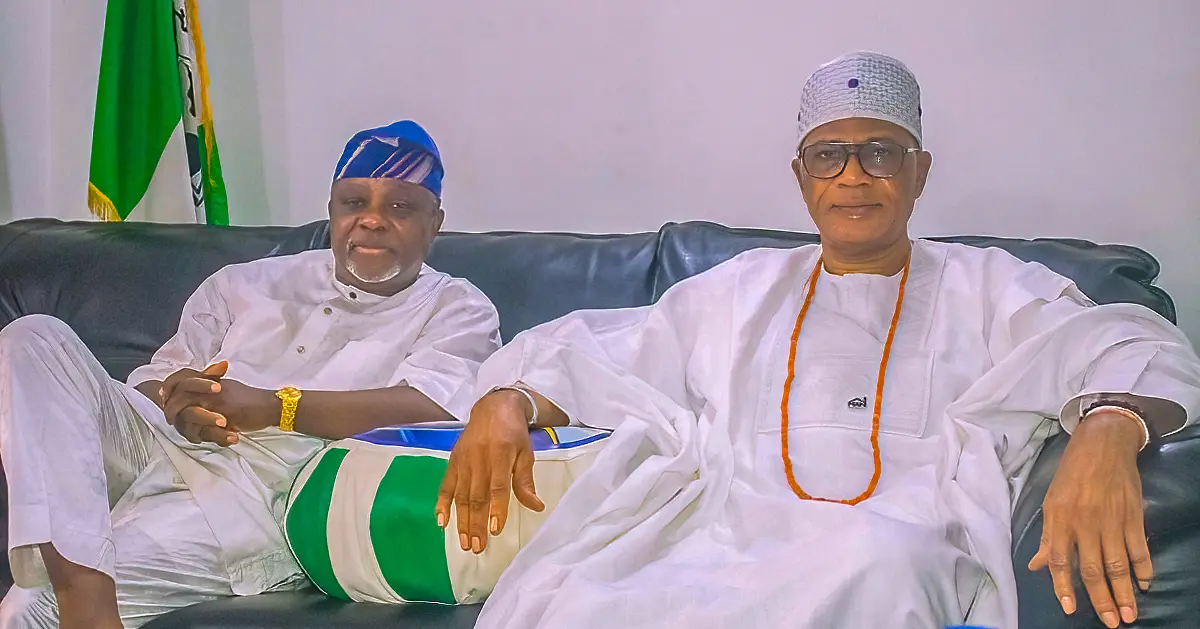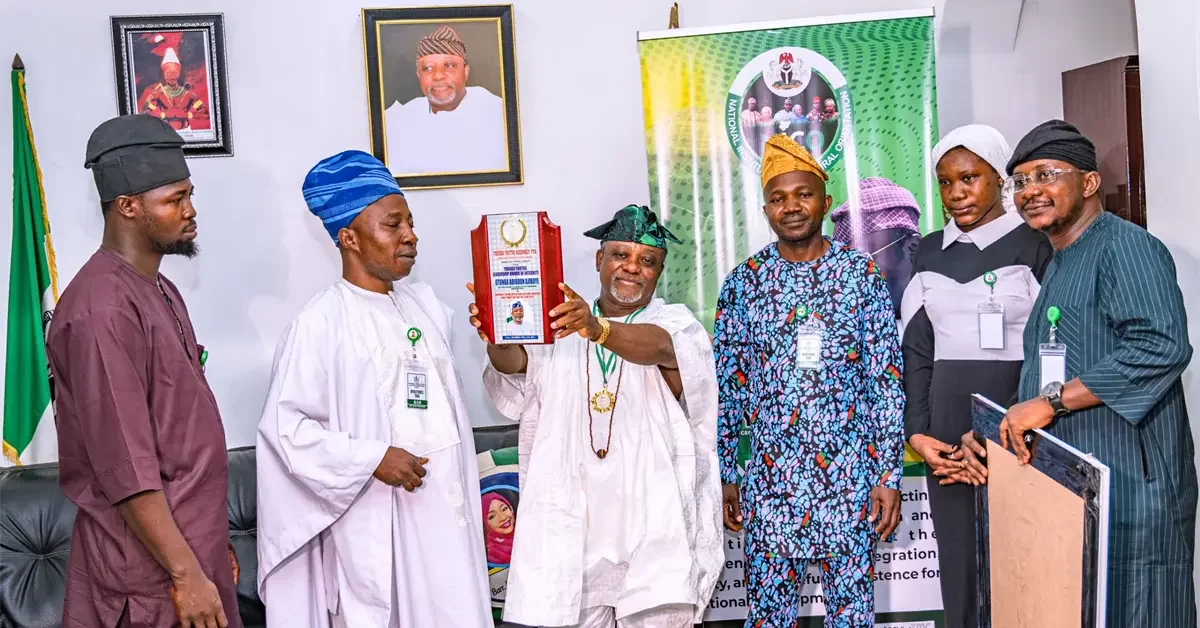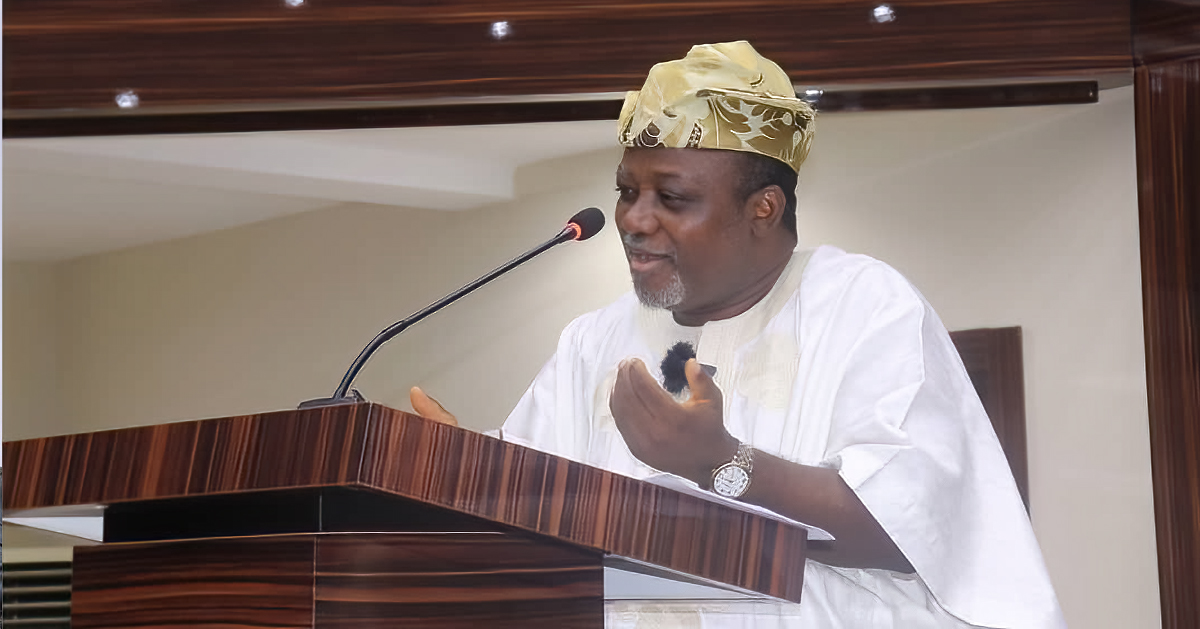World trade of creative goods and services totalled a record of US$ 624 billion in 2011 and more than doubled from 2002 to 2011. At the same time, creativity and culture also have a significant non-monetary value that contributes to inclusive social development, to dialogue and understanding between peoples.
This is the main message of the Special Edition of the United Nations Creative Economy Report, “Widening local development pathways”, co-published by UNESCO and the United Nations Development Programme (UNDP) through the UN Office for South-South Cooperation.
The Report was launched today at UNESCO’s General Conference in Paris as a major contribution also to shaping a new and bold sustainable development agenda to follow 2015 that recognizes the power of culture as an enabler and a driver.
The creative economy – which includes audiovisual products, design, new media, performing arts, publishing and visual arts – is not only one of the most rapidly growing sectors of the world economy, it is also a highly transformative one in terms of income generation, job creation and export earnings. Between 2002 and 2011, developing-countries averaged 12.1 per cent annual growth in exports of creative goods.
“While creating jobs, creative economy contributes to the overall well-being of communities, individual self-esteem and quality of life, thus achieving inclusive and sustainable development. At a time when the world is shaping a new post-2015 global development agenda, we must recognize the importance and power of the cultural and creative sectors as engines of that development”, said Irina Bokova, Director-General of UNESCO.
“Culture is both a driver and an enabler of human and sustainable development. It empowers people to take ownership of their own development, and stimulates the innovation and creativity which can drive inclusive and sustainable growth,” said Helen Clark, Administrator of UNDP.
The Report builds on examples that demonstrate that how the creative economy is diverse and innovative, enhancing lives and livelihoods at the local level in developing countries. The cultural and creative industries in Argentina, for example, employ some 300,000 people and represent 3.5 per cent of the country’s GDP.
In Morocco, publishing and printing employ 1.8 per cent of the labour force, with a turnover of more than US$ 370 million. The market value of the music industry was more than US$ 54 million in 2009 and has increased steadily since. In Bangkok, Thailand, there are over 20,000 businesses in the fashion industry alone, while across the region, young people are earning a living as small-scale designers.
In the city of Pikine, Senegal, the association Africulturban has created a “Hip Hop Akademy” that trains local young people in digital graphic and design, music and video production, promotional management and marketing, as well as DJ-ing, and English. This innovative programme is helping young creative industry professionals perform more effectively in both a local and global market that is in perpetual artistic and technological evolution.
In Chiang Mai, in northern Thailand, the Chiang Mai Creative City (CMCC) initiative, a think tank cum activity and networking platform, has been launched as a cooperative endeavour by activists from the education, private and government sectors as well as local community groups. Building upon all of the cultural assets available locally, the CMCC aims to make the city more attractive as a place to live, work and invest, while marketing it as a prime location for investment, businesses and creative industries.
The Report also features case studies about the Nigerian film industry (Nollywood), the development of home textile industry in Nantong (China) and the City of Buenos Aires support to content producers, among other examples.
It puts forward ten key recommendations with a view to forging new cultural pathways to development:
• Recognise that in addition to its economic benefits, the creative economy also generates non-monetary value that contributes significantly to achieving people-centred, inclusive and sustainable development.
• Make culture a driver and enabler of economic, social and environmental development processes.
• Reveal opportunities through mapping local assets of the creative economy.
• Strengthen the evidence base through rigorous data collection as a fundamental upstream investment to any coherent creative economy development policy.
• Investigate the connections between the informal and formal sectors as crucial for informed creative economy policy development.
• Analyse the critical success factors that contribute to forging new pathways for local creative economy development.
• Invest in creativity, innovation and sustainable creative enterprise development across the value chain.
• Invest in local capacity-building to empower creators and cultural entrepreneurs, government officials and private sector companies.
• Engage in South-South cooperation to facilitate productive mutual learning and inform international policy agendas for development.
• Mainstream culture into local economic and social development programmes, even when faced with competing priorities.
The report includes a complimentary web documentary which presents a visual narrative that brings the stories and people of creative economy to life – with videos, photographs, interviews and sharp data that change our perspective of what culture and development means.


